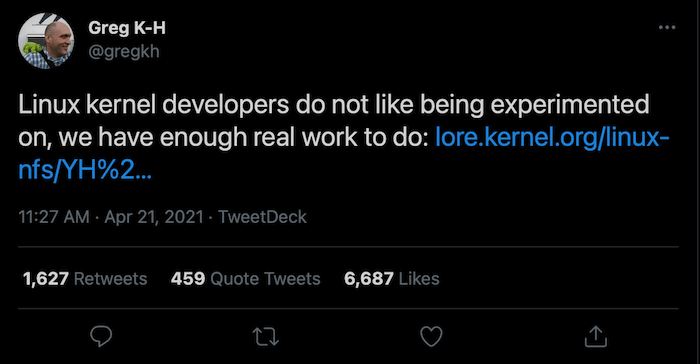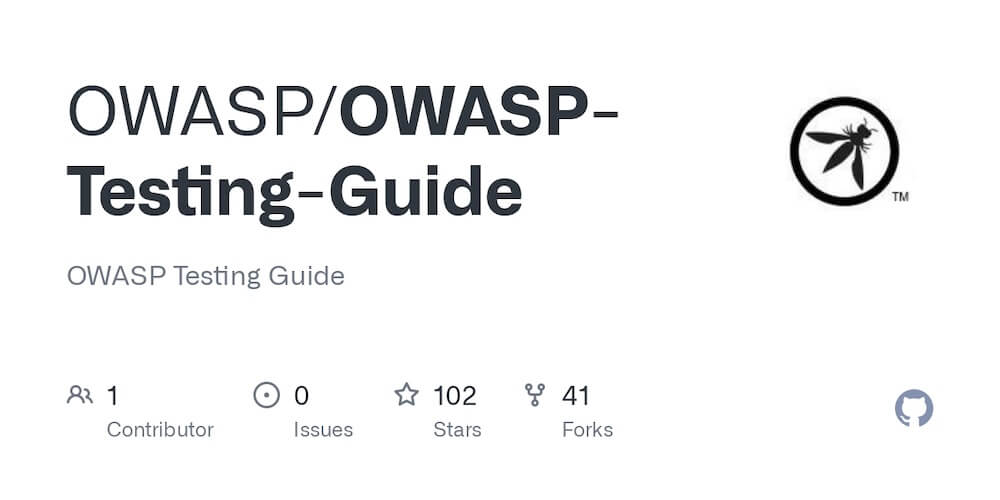· Alex · security · 7 min read
Understanding and Mitigating the Prototype Pollution Vulnerability
What is prototype pollution, known CVEs, detection and mitigation strategies

Prototype Pollution Vulnerability
First, let’s talk about what prototype pollution actually is. In a nutshell, it’s a vulnerability that allows attackers to modify an application’s prototype objects. In JavaScript, prototypes are a fundamental part of the language, allowing objects to inherit properties and methods from one another. This is super useful in keeping code DRY (Don’t Repeat Yourself) and efficient. However, when not handled carefully, prototype manipulation can lead to some pretty serious security issues.
What is Prototype Pollution?
Prototype-based Inheritance
JavaScript is a bit of a maverick compared to other programming languages when it comes to inheritance. While most languages use class-based inheritance, JavaScript goes rogue with something called prototype-based inheritance. In this wild world of prototypes, there are no classes—instead, objects inherit properties and methods directly from other objects.
Here’s how it works: every object in JavaScript has an internal link to another object, called its “prototype.” When you try to access a property or method on an object, JavaScript first checks if it exists on that object directly. If it doesn’t find it there, it looks up the prototype chain, searching the object’s prototype, and so on, until it either finds the property/method or reaches the end of the chain (typically, the Object prototype).
The mechanism behind prototype pollution
Altering the prototype chain
At the heart of prototype pollution lies the ability for attackers to maliciously modify the prototype chain of an object. This can be accomplished by extending an object’s prototype with new properties or by modifying existing ones. The real danger here is that these changes don’t just affect the specific object instance, but all objects that inherit from the modified prototype. This makes prototype pollution a particularly potent vulnerability, with the potential to cause widespread damage in an application.
Impact of prototype pollution on application behavior
When an attacker successfully pollutes a prototype, they can potentially change the application’s behavior in unexpected ways. This could lead to a variety of security issues, like bypassing access controls, executing arbitrary code, or even exfiltrating sensitive data. Essentially, prototype pollution can open the door for attackers to exploit your application, and the possible outcomes are limited only by their creativity and the extent of their modifications.
Common scenarios leading to prototype pollution
Insecure handling of user input
One major culprit for prototype pollution vulnerabilities is the insecure handling of user input. When user input is directly used to modify or extend object properties without proper validation or sanitization, attackers can potentially exploit this to pollute the prototypes of objects in your application. This can be particularly dangerous when dealing with deep object merging or recursive functions, as these operations can unintentionally traverse the prototype chain, leading to pollution.
Improper sanitization of input data
Even when some input validation or sanitization is in place, it might not be enough to prevent prototype pollution. For example, if your sanitization process only checks for malicious strings but doesn’t account for objects with prototype properties, an attacker could still slip through the cracks and pollute your application. To effectively combat prototype pollution, it’s crucial to validate and sanitize input data thoroughly, accounting for various data types and edge cases.
Real-world Examples of Prototype Pollution Exploits
If you’re still wondering just how dangerous prototype pollution can be, let’s take a look at some real-world examples where popular libraries were hit by this vulnerability. Some of the more notorious issues are CVE-2019-10744 affecting Lodash and CVE-2019-11358 for jQuery.
While Lodash and jQuery are the most famous examples, numerous other libraries and applications have also been affected by prototype pollution vulnerabilities. For instance, vulnerabilities have been found in libraries like handlebars, express, and axios. These instances serve as a reminder that prototype pollution is a real threat and developers need to be vigilant in identifying and mitigating these vulnerabilities.
Detecting Prototype Pollution Vulnerabilities
Static analysis tools
These tools analyze your source code or compiled code, looking for patterns that could indicate vulnerabilities or other problems. When it comes to finding prototype pollution, static analysis can be a powerful ally. There are several tools available to help you detect prototype pollution vulnerabilities using static analysis. Some popular options include ESLint, SonarQube, and Snyk. By configuring these tools with the right rules and plugins, you can automatically identify potential prototype pollution issues in your code, allowing you to address them before they become a security risk.
Dynamic analysis tools
Dynamic analysis is another way to find vulnerabilities in your code, but instead of just reading the code, it actively runs the application and monitors its behavior. By executing the code and observing how it behaves in various scenarios, dynamic analysis tools can help you identify potential security issues, like prototype pollution, that might not be apparent through static analysis alone. When it comes to dynamic analysis, some of the top tools for detecting prototype pollution vulnerabilities include Burp Suite, OWASP ZAP, and Netsparker.
Manual code review
While automated tools are incredibly valuable for detecting prototype pollution vulnerabilities, there’s no substitute for good old-fashioned human expertise. Manual code reviews, conducted by experienced developers or security experts, can help identify potential issues that automated tools might miss. Plus, humans can better understand the context and intent behind the code, allowing for a more nuanced analysis. During manual code reviews, keep an eye out for the following red flags that could indicate a prototype pollution vulnerability:
- Functions that merge or extend objects without proper input validation or sanitization
- Direct use of user input to modify object properties or prototypes
- Recursive functions that may unintentionally traverse the prototype chain
By combining static analysis, dynamic analysis, and manual code review, you’ll be well-equipped to detect and address prototype pollution vulnerabilities in your code.
Best Practices for Preventing Prototype Pollution
Proper input validation
To effectively validate user input, consider implementing the following techniques:
- Use allowlists to define acceptable input values, formats, or patterns
- Reject input that doesn’t meet your allowlist criteria
- When dealing with objects, validate and sanitize keys and values to prevent prototype pollution attempts
Secure coding practices
Avoiding global object modification
As a general rule, avoid modifying global objects, such as Object.prototype, as this can increase the risk of introducing prototype pollution vulnerabilities. Instead, use more secure methods for sharing functionality across objects, like creating utility functions or using module patterns.
Using “strict mode” in JavaScript
Enabling “strict mode” in JavaScript can help you catch potential issues before they become vulnerabilities. In strict mode, JavaScript will throw errors for certain unsafe actions, like assigning a value to an undeclared variable. This can help you identify potential prototype pollution risks early in the development process.
Dependency management
Keeping dependencies up to date
Keeping your dependencies up to date is crucial for preventing prototype pollution vulnerabilities. Outdated dependencies may contain known vulnerabilities that can be exploited by attackers. Regularly check for updates and patches, and apply them as soon as possible to minimize your risk.
Monitoring security alerts and advisories
Stay informed about security alerts and advisories for the libraries and frameworks you use. Subscribe to mailing lists, follow security forums, or use tools like Snyk or GitHub’s Dependabot to receive notifications about new vulnerabilities and patches.
Mitigating Prototype Pollution Vulnerabilities
Besides updating vulnerable libraries, one possible workaround is to freeze the prototypes of critical objects in your application. By using the Object.freeze() method in JavaScript, you can prevent the addition, deletion, or modification of properties on a given object. While this won’t prevent all types of prototype pollution attacks, it can help reduce the potential attack surface.
Conclusion
As we’ve journeyed through the treacherous realm of prototype pollution, we’ve seen how this sneaky vulnerability can wreak havoc on unsuspecting applications. From altering the prototype chain to manipulating application behavior, prototype pollution is a threat that deserves our full attention in the realm of application security.
By adopting best practices like proper input validation, secure coding, and dependency management, you’ll be well on your way to preventing these vulnerabilities from taking root in your code. And when prevention isn’t enough, don’t forget the importance of swift and effective mitigation through patching, workarounds, and incident response planning.
About the Author:
Application Security Engineer and Red-Teamer. Over 15 years of experience in Application Security, Software Engineering and Offensive Security. OSCE3 & OSCP Certified. CTF nerd.



